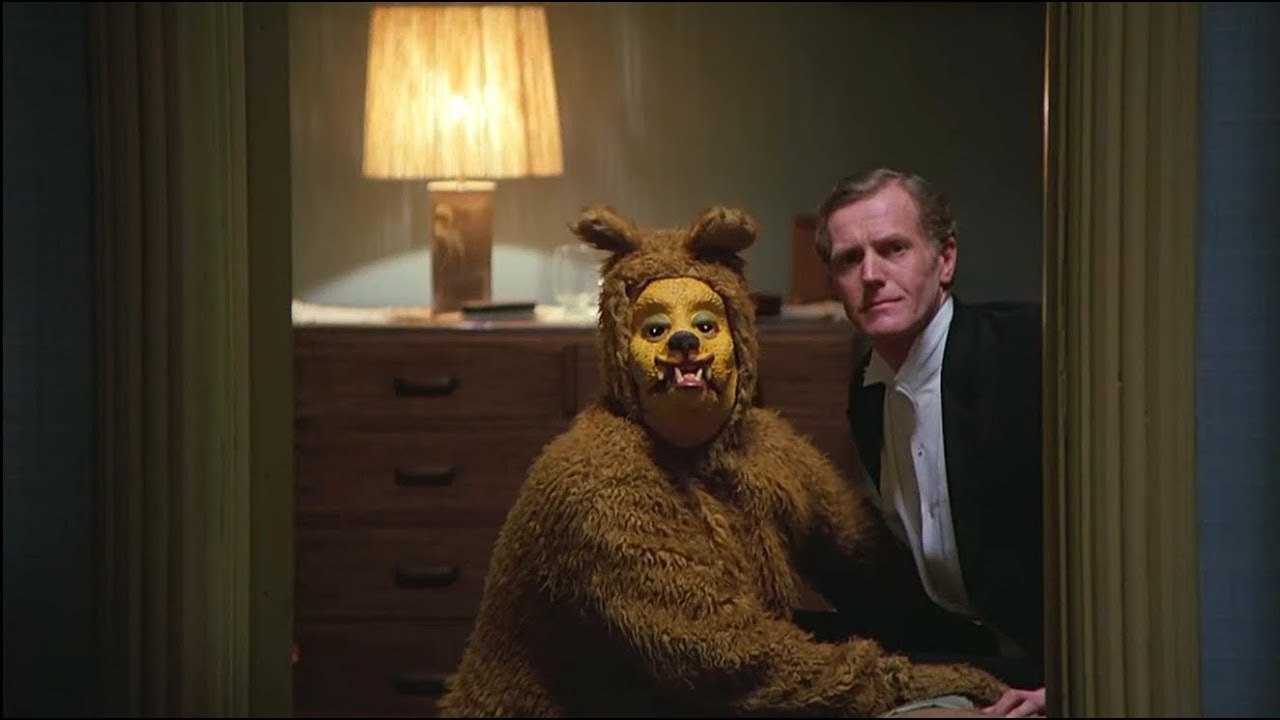The Shining (1980)
- tranthuy
- December 24, 2024

The Shining, directed by Stanley Kubrick and based on Stephen King’s novel of the same name, is a psychological horror film that has become one of the most iconic in its genre. Released in 1980, the film stars Jack Nicholson, Shelley Duvall, Danny Lloyd, and Scatman Crothers, with a screenplay by Diane Johnson. The movie centers on the Torrance family as they become caretakers of the isolated Overlook Hotel during the winter, leading to terrifying and disturbing events that unravel their sanity.
The plot follows Jack Torrance (Jack Nicholson), a writer and former alcoholic, who takes a job as the winter caretaker of the Overlook Hotel, located in a remote mountain area. He brings along his wife, Wendy (Shelley Duvall), and young son, Danny (Danny Lloyd), who has psychic abilities known as “the shining.” As the hotel is cut off from the outside world by heavy snow, Jack’s mental state begins to deteriorate, and the supernatural forces within the hotel seem to push him toward violence. Meanwhile, Danny’s psychic abilities allow him to witness the terrifying events unfolding in the hotel, leading to a shocking and violent conclusion.
One of the most memorable aspects of The Shining is Jack Nicholson’s performance as Jack Torrance. Nicholson brings a disturbing energy to the character, gradually descending into madness in a way that is both terrifying and fascinating. His portrayal of a man slowly losing control is one of the highlights of the film. Shelley Duvall, playing Wendy Torrance, provides a stark contrast to Nicholson’s intensity with her portrayal of a wife and mother who must navigate her fear and confusion as her husband becomes more unpredictable and dangerous.
The film’s setting also plays a crucial role in building its unsettling atmosphere. The Overlook Hotel is not just a backdrop; it becomes a character in itself, with its vast, empty hallways and eerie isolation heightening the sense of dread. Kubrick’s use of wide, symmetrical shots and long tracking shots creates an unsettling feeling of confinement and unease. The hotel’s haunting architecture and its desolate surroundings reinforce the sense of being trapped in a place that is both physically and mentally dangerous.

Another key element of The Shining is its use of sound and music. The unsettling, atmospheric score, combined with silence and ambient noise, adds to the film’s tension. The sound design is used strategically, creating a sense of dread without the need for overt scares. The iconic sound of a typewriter as Jack repeatedly types the phrase “All work and no play makes Jack a dull boy” adds to the psychological horror, symbolizing Jack’s descent into madness and obsession.

Despite its initial mixed reception, The Shining has since gained recognition as a masterpiece of horror cinema. While Stephen King, the author of the original novel, has expressed dissatisfaction with Kubrick’s adaptation, many critics and audiences have praised the film for its psychological depth and its ability to create tension without relying on traditional horror tropes. The film is more about the slow unraveling of a man’s sanity and the haunting presence of the supernatural than about graphic violence, which sets it apart from many other horror films.

In conclusion, The Shining remains one of the most influential and disturbing films in the horror genre. Stanley Kubrick’s meticulous direction, combined with Jack Nicholson’s unforgettable performance and a haunting atmosphere, makes it a film that continues to be studied and analyzed. With its psychological depth, eerie visuals, and chilling music, The Shining stands as a timeless classic that leaves an indelible mark on anyone who watches it. It’s a masterful exploration of fear, isolation, and madness, making it a must-see for any horror film enthusiast.











